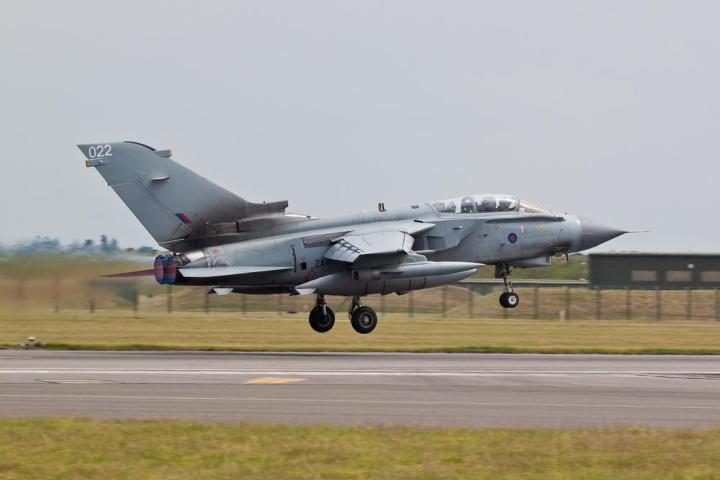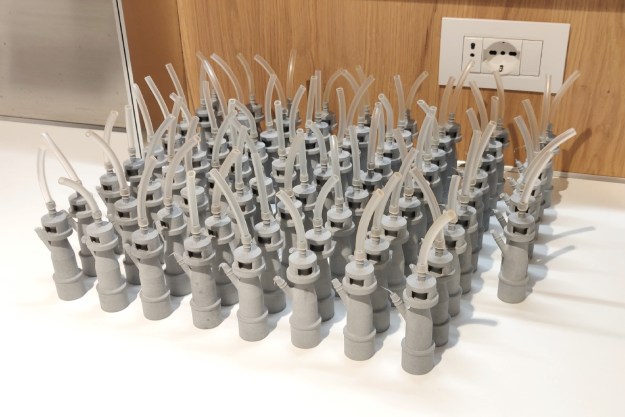
No doubt 3D printing will get its fair share of coverage in 2014, with constant advances in the technology opening up new possibilities for businesses and organizations interested in exploiting its potential, making big savings in the process.
The UK’s Royal Air Force (RAF) gets the ball rolling this year with news that some of its Tornado fighter jets have flown for the first time using a number of 3D-printed components. Parts include guards for power take-off shafts, defense company BAE Systems said, adding that the technology could eventually see the RAF’s maintenance bill slashed by over £1 million ($1.6m) in the next four years.
“You are suddenly not fixed in terms of where you have to manufacture these things,” Mike Murray, head of airframe integration at BAE Systems, told the BBC.
He continued, “You can manufacture the products and whatever base you want, providing you can get a machine there, which means you can also start to support other platforms such as ships and aircraft carriers. And if it’s feasible to get machines out on the front line, it also gives improved capability where we wouldn’t traditionally have any manufacturing support.”
Another UK company, Metalysis, hit the headlines recently with news that it had developed a way of producing low-cost titanium powder from sand – a world first – allowing it to make low-cost components such as turbo impellers for automobiles and propeller parts for aircraft.
Meanwhile, NASA will this year launch a 3D printer into space for the very first time, enabling astronauts to build tools and spare parts during a mission, saving the space agency huge amounts of money in the process.
NASA is even funding the development of a 3D printer that can knock out pizza, perfect for keeping astronauts fed on longer-than-usual missions.
[Image: IanC66 / Shutterstock]
Editors' Recommendations
- 3DMakerpro’s Seal is a pocket-sized scanner to make next-gen precision 3D prints
- Need a last-minute Halloween costume? Check out these 3D-printable getups
- The future of making stuff: Inside the evolution of 3D printing with Formlabs
- Father’s Day Gift Idea: These cheap 3D printers are on sale for less than $300
- 3D printing lets hospitals make ventilator substitutes with common equipment


